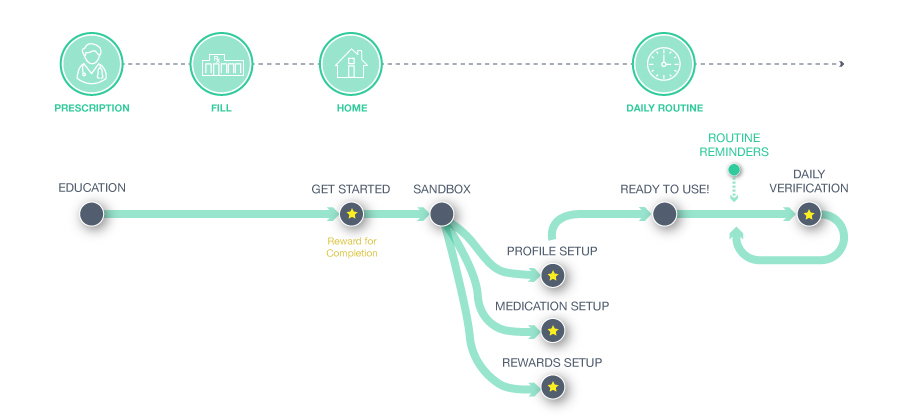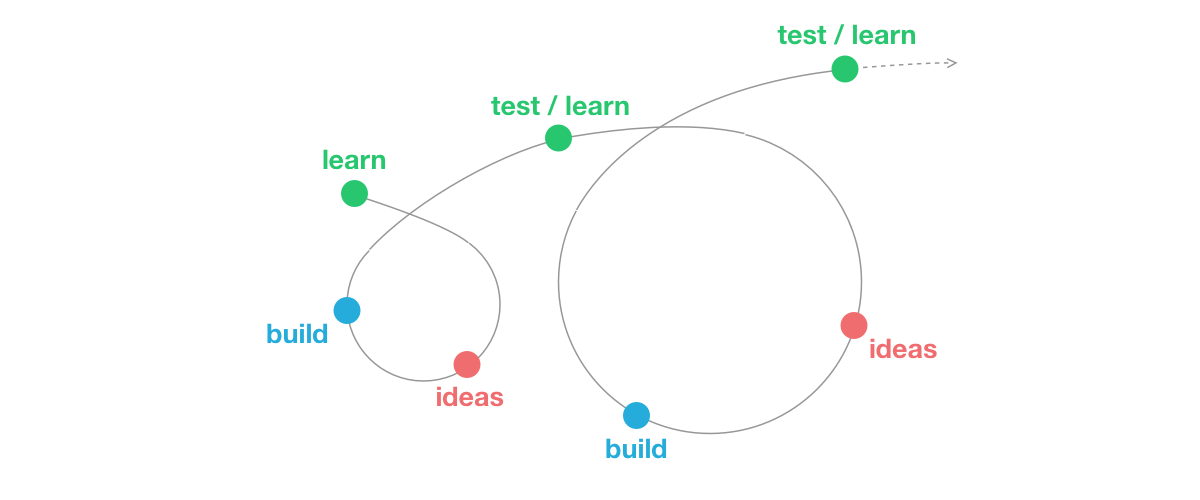Guerilla Testing the Concept
For some basic conceptual testing (post-hackathon), I developed a quick study to test the concept of a loss aversion reward mechanism. Though this sample case exhibits inherent biases of close participants and mock environments, it provided the ability for quick learnings.
The study asked participants to take vitamins daily. I sent a daily reminder, asking them to text a picture of themselves taking the vitamin which I followed up with a reward for successful completion of the task. For the loss aversion path, participants had a $10 “buy-in” which I rewarded back to them daily in $1 increments for taking vitamins. The other path, participants received points towards a gift card of similar value.
The results showed the loss aversion reward mechanism provided more incentive for participants to follow through for a longer period of time when motivation typically tapers off. However, one main learning is the threshold for “buy-in” may vary for individuals, and if not high enough for example, may not provide the necessary motivation to continue.
Towards an MVP
We defined an end-to-end user journey and supportive path towards behavior change through system architecture. I developed wireframes to begin laying out the app functionality and flow to better understand the detailed implementation of the concept. I also wireframed a web page for the sponsor user, though this was not in the MVP scope. After further refining the flow and behaviors of the system, I developed detailed design mockups and prototype including all visual and interaction design elements. This became the basis for design specs shared with the team for development.



















